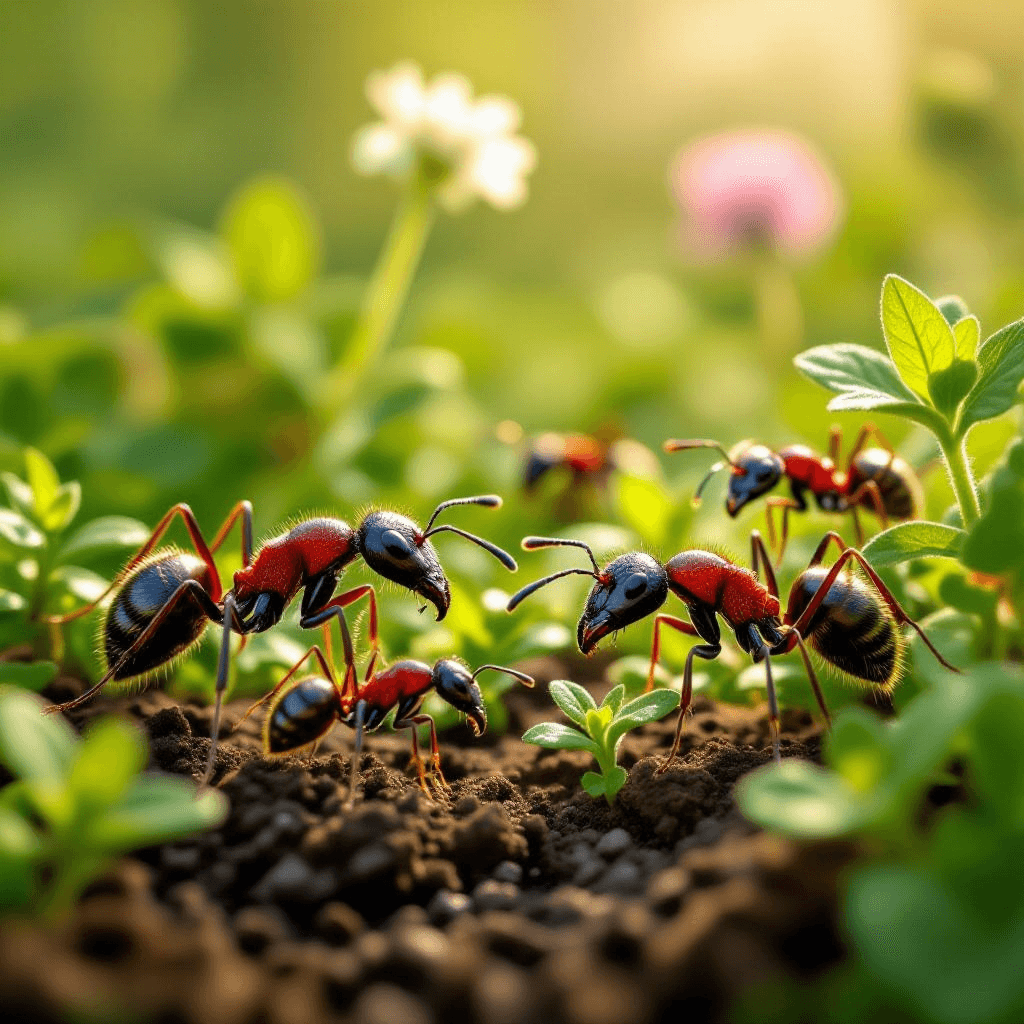Understanding Weeds: Types and Their Impact on Your Garden
Weeds are often defined as plants that grow out of place, competing with cultivated plants for resources. They are generally classified into three main categories: annuals, perennials, and biennials. Each type exhibits unique growth patterns and characteristics, which can significantly influence the health and aesthetics of your garden.
Annual weeds complete their life cycle within a single growing season. Common examples include crabgrass and chickweed. These weeds typically germinate in spring, flower, produce seeds, and die by winter. Due to their rapid growth and prolific seeding, they can quickly take over garden spaces, outcompeting desirable plants for sunlight, water, and nutrients. As such, timely intervention is crucial for managing these weeds before they spread their seeds and regenerate the following year.
Perennial weeds, on the other hand, live for more than two years, regrowing each season from their established root systems. Dandelions and bindweed are classic examples. Their ability to regenerate from roots makes them particularly challenging to eradicate. Successful management often requires removing the entire root system and possibly adopting ongoing monitoring strategies to prevent re-establishment. Failure to control perennial weeds can lead to a significant decline in the overall health of your garden, as they may overshadow other plants and disrupt the soil ecosystem.
Finally, biennial weeds take two years to complete their life cycle. During the first year, they typically develop a rosette of leaves close to the ground. Examples include foxglove and burdock. In their second year, these weeds flower, produce seeds, and can become overwhelmingly invasive if not managed adequately. Understanding the specific characteristics of these various weed types enables gardeners to tailor their removal strategies, ultimately enhancing the health and appearance of their gardens.
Physical Methods of Weed Control: Hand-Pulling and Mulching
Manual methods of weed control are not only cost-effective but also environmentally friendly. Hand-pulling is one of the most straightforward strategies for small infestations of weeds. This method involves physically removing weeds from the soil, providing an immediate solution to the pest problem. For optimal results, it is essential to pull weeds after rainfall or watering when the soil is moist. This softness makes it easier to extract the entire root, which is crucial in preventing regrowth. Furthermore, ensuring that the weeder wears gloves can protect their hands while preventing skin irritation. It is advisable to carry out this task regularly, making it easier to monitor and manage weed populations effectively.
Mulching is another highly effective approach to suppressing weeds. By covering the soil with a layer of organic or inorganic material, mulching denies weeds the sunlight they need to flourish. Organic mulches, such as wood chips, straw, and grass clippings, decompose over time, enriching the soil with nutrients, while inorganic materials like plastic or gravel serve to block light and moisture. The ideal application of mulch should be between two to four inches in thickness, ensuring sufficient coverage to combat weed growth while allowing for proper water penetration. Timing is crucial; applying mulch in early spring can suppress weeds before they germinate, ensuring a cleaner growing environment.
Additionally, the choice of mulch varies based on specific garden needs. For instance, using dark-colored mulch can enhance heat retention for plants needing warmth, while lighter-colored options may keep soil temperatures cooler for sensitive varieties. Proper mulching techniques can significantly contribute to a healthier garden ecosystem by retaining moisture, regulating soil temperature, and inhibiting weed growth. Incorporating both hand-pulling and mulching into your gardening routine leads to a more sustainable method of weed management and fosters a flourishing garden environment.
Chemical Solutions: Herbicides and Their Proper Use
Chemical solutions for weed control primarily involve the use of herbicides, which are specifically designed to target and eliminate unwanted plants. These products are categorized into two main types: pre-emergent and post-emergent herbicides. Pre-emergent herbicides, as the name suggests, are applied to the soil before weed seeds germinate, effectively preventing their growth by forming a barrier. These should typically be applied in early spring or late fall, depending on the weed species targeted, and require a well-timed application for optimal results. Examples of effective pre-emergent herbicides include pendimethalin and dithiopyr.
Post-emergent herbicides, on the other hand, are utilized after weeds have already emerged. These products work by being absorbed through the leaves and stems, ultimately leading to the plant’s death. It is crucial to identify the specific weed type before using post-emergent solutions, as some formulations are selective, targeting specific weeds without harming desirable plants, while others are non-selective and can kill any plant they touch. Glyphosate and 2,4-D are widely known post-emergent herbicides.
When selecting herbicides for your gardening needs, it is important to thoroughly read the product labels to understand their active ingredients, proper usage, and safety precautions. Adhering to these guidelines minimizes potential harm to desirable plants and reduces environmental impact. Additionally, using the correct application methods—such as the appropriate equipment and weather conditions—can enhance the effectiveness of these products.
While the efficacy of herbicides is well-recognized, it is essential to consider their environmental implications. The use of certain chemicals can lead to soil degradation and harm to beneficial organisms. Therefore, integrating alternative methods such as mulching or hand-pulling should be considered as part of a comprehensive weed management strategy. Employing such practices can reduce reliance on chemical solutions, promoting a healthier garden ecosystem in the long run.
Preventive Measures: Strategies for Future Weed Management
Effective weed management begins long before the weeds make an appearance. Implementing preventive measures can significantly reduce the likelihood of weed infestations in your garden. One of the most effective long-term strategies is crop rotation, which involves altering the types of crops planted in specific areas annually. This technique disrupts the life cycles of weeds that thrive under consistent agricultural practices, as different crops compete differently against weed species.
Additionally, proper watering techniques play a crucial role in deterring weeds. Gardners should focus on deep and infrequent watering methods that encourage stronger root systems in desirable plants while leaving less surface moisture for weed seeds germination. Watering directly at the plant base through drip irrigation or soaker hoses minimizes water contact with the surrounding soil, further reducing opportunities for weed growth.
Choosing native plants is another strategy worth considering, as these species are typically more resilient and competitive against local weeds. Native plants have adapted to local conditions, making them more vigorous in growth than invasive weeds. Furthermore, incorporating ground covers can effectively suppress weed emergence by shading the soil and limiting available light to potential weeds.
Maintaining healthy soil is paramount in creating an environment that does not favor weed growth. Regular composting not only enriches the soil with nutrients but also enhances its structure, improving water retention and aeration. These characteristics support the health of desirable plants while making it more challenging for weeds to establish themselves.
In conclusion, a proactive approach that includes strategies such as crop rotation, appropriate watering techniques, the selection of native plants, and soil health maintenance will equip gardeners with essential tools to manage weed growth effectively. By employing these preventive measures, gardeners can minimize future weed infestations and ensure a thriving garden environment.


